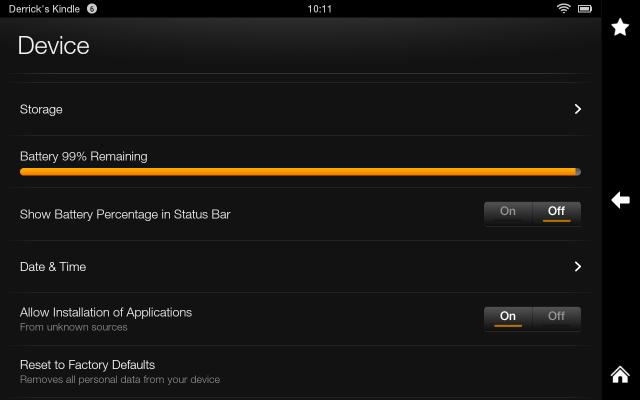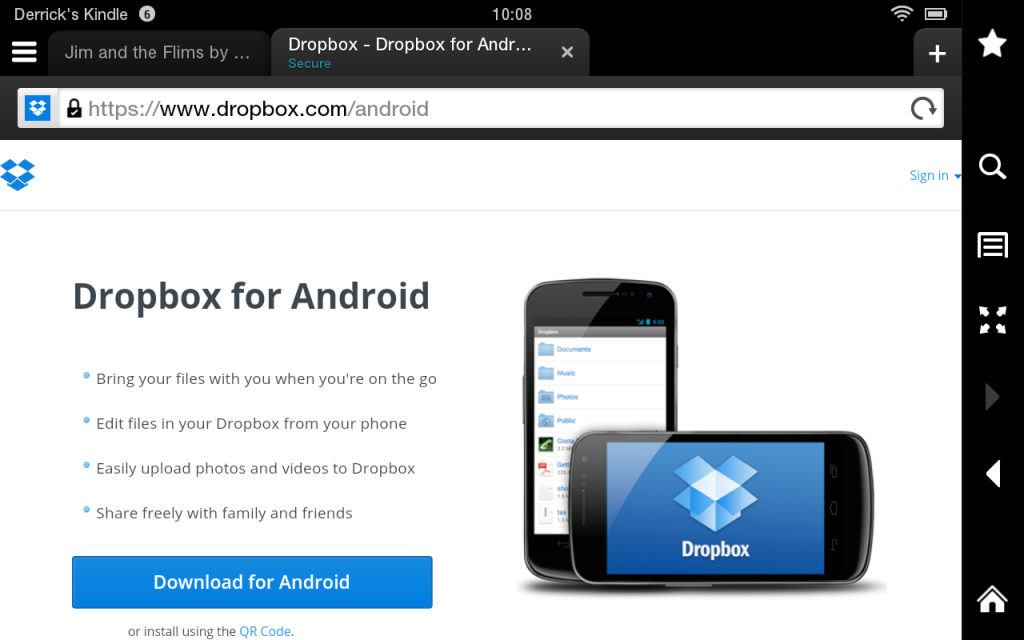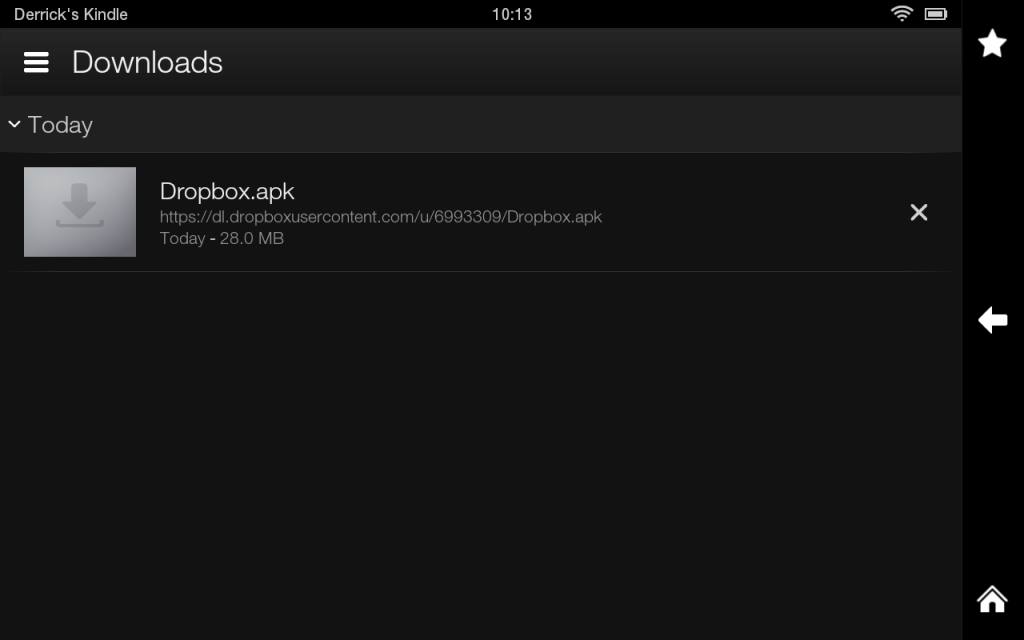File Testing with Dropbox, Part 2: Android
In Part 1, we looked at installing Dropbox on iOS for file testing. In Part 2, we’ll look at Dropbox on Android.
Time to tackle getting Dropbox on your Android tablets. While on some devices, this is just as easy as installing Dropbox on iOS, there are a few big devices that take a little more effort.
The Easy Part: The Google Play Store
If your device has the Google Play Store on it (and many Android tablets do—including the Nooks), you can install the Dropbox App directly from the Play Store. Once installed, follow the directions set out in Part 1.
The Harder Part: Manual Installation
Not every device comes with the Google Play Store. And some devices—looking at you Kindle Fire—have a built in App Store but don’t have Dropbox as an app for download. In these cases you’ll need to download Dropbox and install in manually.
The following steps are all done on a Kindle Fire—you may have slightly different UIs but the steps should mostly be the same.
Allow manual installation
For security reasons, you’ll need to approve manually installing apps. On the Kindle Fire, you can access this by swiping from the top, then hitting the “More” icon, then select “Device.” Then be sure the “Allow Installation of Applications” is set to On (see screenshot above).
Download the Dropbox .apk File
Go to the web browser on your device (the Silk Browser in the case of the Kindle Fire) and direct it to https://www.dropbox.com/android. From here press the “Download for Android“ button. This downloads an .apk file, which is the Android equivalent of a .exe or .dmg file.
Install the App
Once the file has completed downloading, go to your download and tap on the Dropbox.apk file. (On Kindle Fires, the Downloads are found in the sidebar of the Silk browser. Tap the hamburger icon in the top left to access the sidebar, then click Downloads).
You’ll be prompted to be sure you really want to install this app. You do.
When the installation is complete, you’ll need to sign in and follow the same steps to access files as laid out in Part 1 of this tutorial.
That’s it. You should now be able to access Dropbox on almost every tablet or phone. We’ve got one more part in this series, however. In Part 3 we’ll look at one more Dropbox trick you’ll need to know in order to sideload and test EPUB files on Kobo tablets.




[…] Part 2 is now available here. […]
Kindle Fire users can, as of a few weeks ago, get DropBox and OneDrive directly from the amazon Appstore. So it is no longer necessary to jump through the hoops you describe.
Hey Tom,
That’s great news. Do you happen to have a link to Dropbox in the Appstore? My search from this morning shows nothing: http://www.amazon.com/s/ref=nb_sb_noss_1?url=search-alias%3Dmobile-apps&field-keywords=dropbox
I haven’t been able to find a native Dropbox app from the Amazon Appstore for the Kindle Fire HDX, I had to use the APK method, like Derrick explained above. As an alternative to the APK method, you could use ES File Exporter that’s found in the Amazon Appstore to connect to Dropbox.
Good alternative to Dropbox is Bittorrent sync.